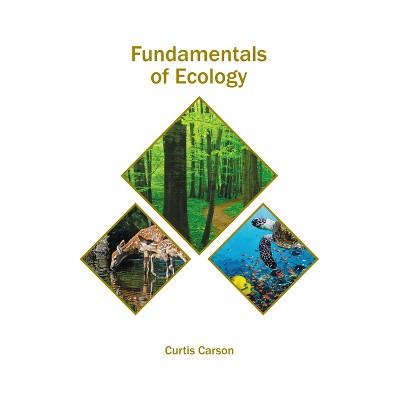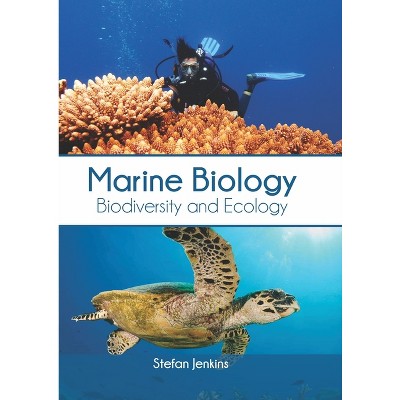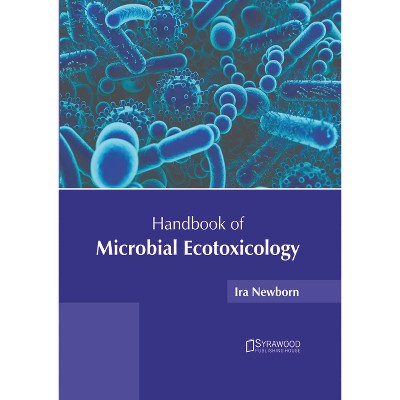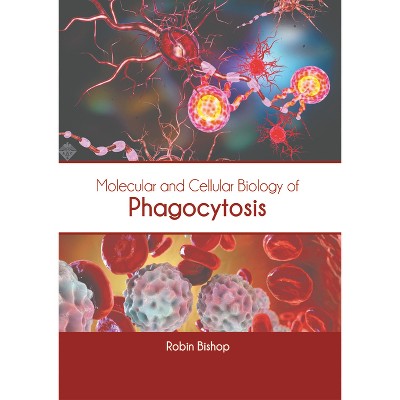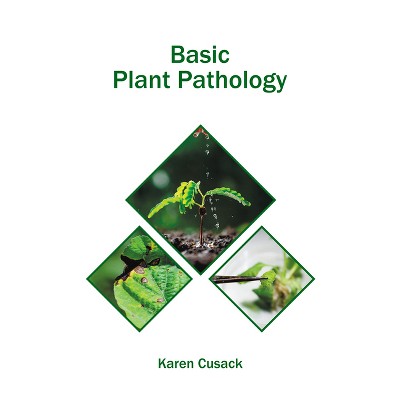$152.99 when purchased online
Target Online store #3991
About this item
Highlights
- Plant chemical ecology is the study of chemical interactions between plants and their environment, focusing on the compounds plants produce to communicate and defend themselves.
- Author(s): Nancy Flint
- 241 Pages
- Science, Life Sciences
Description
About the Book
Plant chemical ecology is the study of chemical interactions between plants and their environment, focusing on the compounds plants produce to communicate and defend themselves. Plants synthesize a wide array of secondary metabolites, such as alkaloids, terpenoids, and phenolics, which play crucial roles in their survival and reproduction. These chemicals serve as defense mechanisms against herbivores, pathogens, and competing plants by being toxic, repellent, or inhibitory. Moreover, plants use volatile organic compounds (VOCs) to signal distress, attract pollinators, or recruit natural enemies of herbivores. For example, when attacked by herbivores, some plants release VOCs that attract predators of the herbivores. This intricate web of chemical signaling and defense highlights the complex interactions within ecosystems. Plant chemical ecology also includes the study of allelopathy, where plants release chemicals into the environment to suppress the growth of neighboring plants, thus reducing competition for resources. Understanding these chemical interactions is vital for advancing agriculture, pest management, and conservation. By harnessing natural plant defenses and communication systems, we can develop more sustainable and ecologically sound agricultural practices. This book outlines the processes and applications of plant chemical ecology in detail. It provides comprehensive insights into this field. A number of latest researches have been included to keep the readers up-to-date with the global concepts in this area of study.Book Synopsis
Plant chemical ecology is the study of chemical interactions between plants and their environment, focusing on the compounds plants produce to communicate and defend themselves. Plants synthesize a wide array of secondary metabolites, such as alkaloids, terpenoids, and phenolics, which play crucial roles in their survival and reproduction. These chemicals serve as defense mechanisms against herbivores, pathogens, and competing plants by being toxic, repellent, or inhibitory. Moreover, plants use volatile organic compounds (VOCs) to signal distress, attract pollinators, or recruit natural enemies of herbivores. For example, when attacked by herbivores, some plants release VOCs that attract predators of the herbivores. This intricate web of chemical signaling and defense highlights the complex interactions within ecosystems. Plant chemical ecology also includes the study of allelopathy, where plants release chemicals into the environment to suppress the growth of neighboring plants, thus reducing competition for resources. Understanding these chemical interactions is vital for advancing agriculture, pest management, and conservation. By harnessing natural plant defenses and communication systems, we can develop more sustainable and ecologically sound agricultural practices. This book outlines the processes and applications of plant chemical ecology in detail. It provides comprehensive insights into this field. A number of latest researches have been included to keep the readers up-to-date with the global concepts in this area of study.Dimensions (Overall): 11.0 Inches (H) x 8.5 Inches (W)
Suggested Age: 22 Years and Up
Number of Pages: 241
Genre: Science
Sub-Genre: Life Sciences
Publisher: Syrawood Publishing House
Theme: Ecology
Format: Hardcover
Author: Nancy Flint
Language: English
Street Date: August 25, 2025
TCIN: 1004857349
UPC: 9781647405090
Item Number (DPCI): 247-11-2393
Origin: Made in the USA or Imported
If the item details above aren’t accurate or complete, we want to know about it.
Shipping details
Estimated ship dimensions: 1 inches length x 8.5 inches width x 11 inches height
Estimated ship weight: 1 pounds
We regret that this item cannot be shipped to PO Boxes.
This item cannot be shipped to the following locations: American Samoa (see also separate entry under AS), Guam (see also separate entry under GU), Northern Mariana Islands, Puerto Rico (see also separate entry under PR), United States Minor Outlying Islands, Virgin Islands, U.S., APO/FPO
Return details
This item can be returned to any Target store or Target.com.
This item must be returned within 90 days of the date it was purchased in store, shipped, delivered by a Shipt shopper, or made ready for pickup.
See the return policy for complete information.







